Lessons from Valencia’s Deadly Floods and the Role of AI in Disaster Preparedness
National Center for Disaster Prepardness
MARCH 27, 2025
AEMET, Spains meteorological service, warned authorities and the public two days before the catastrophe occurred that there was a 70 percent chance of torrential rain and issued a red alert for severe weather at 7:30 AM on the day of the disaster. the exposure and thus risk).


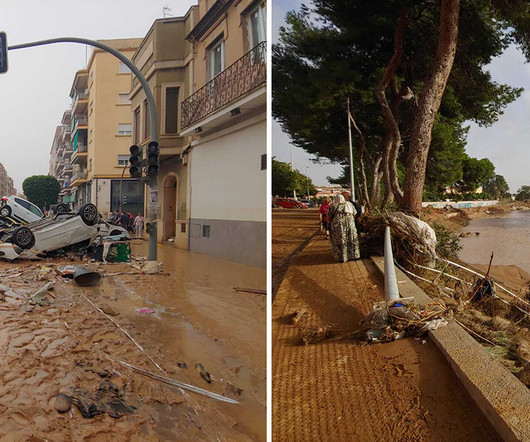


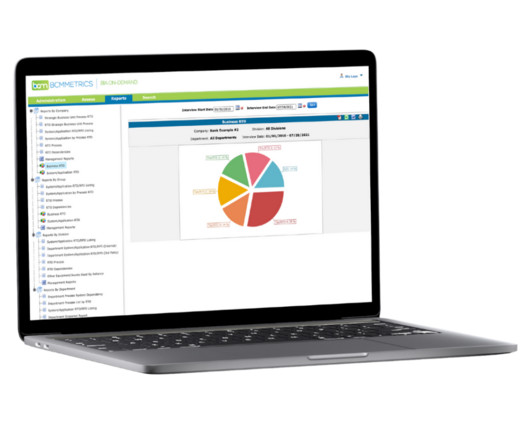


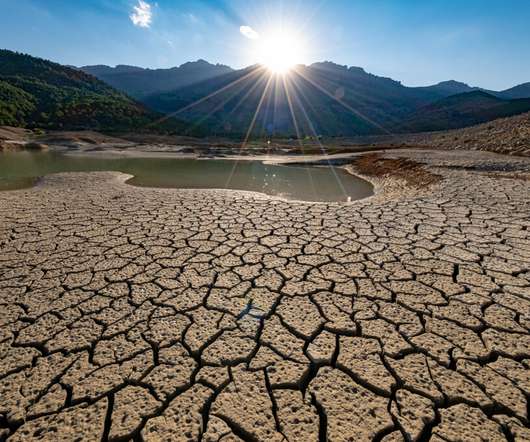



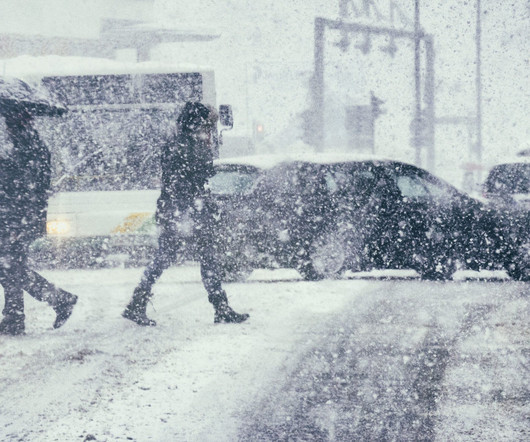

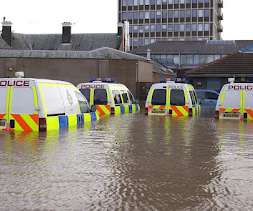







Let's personalize your content